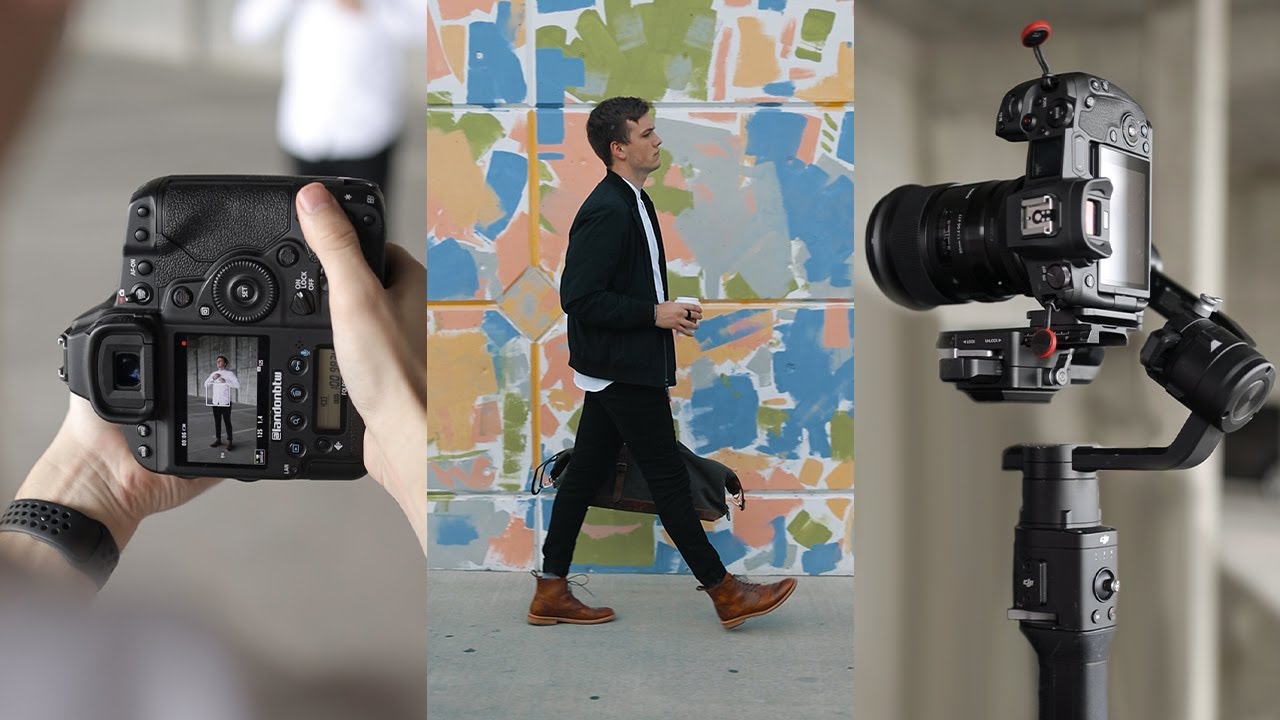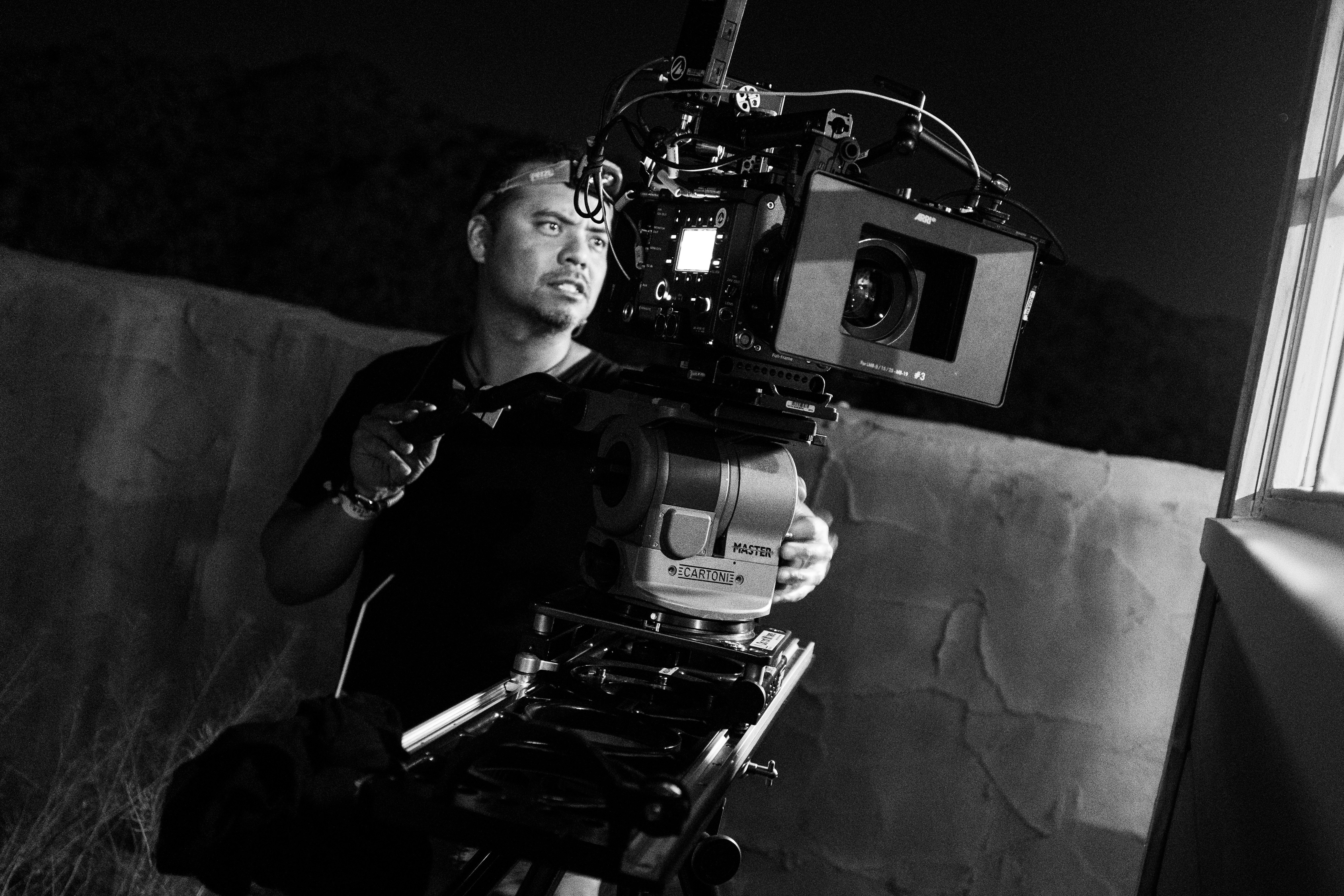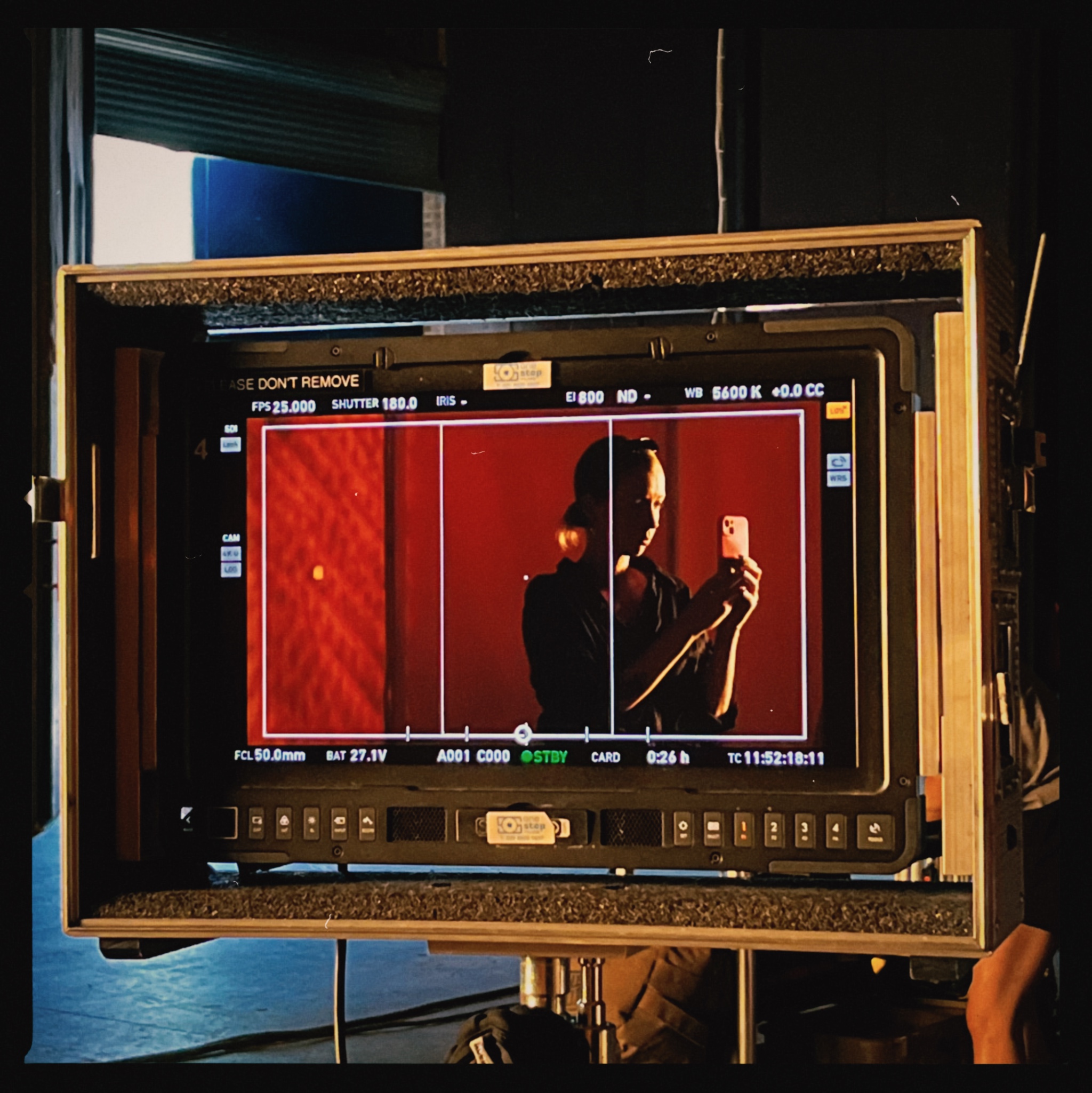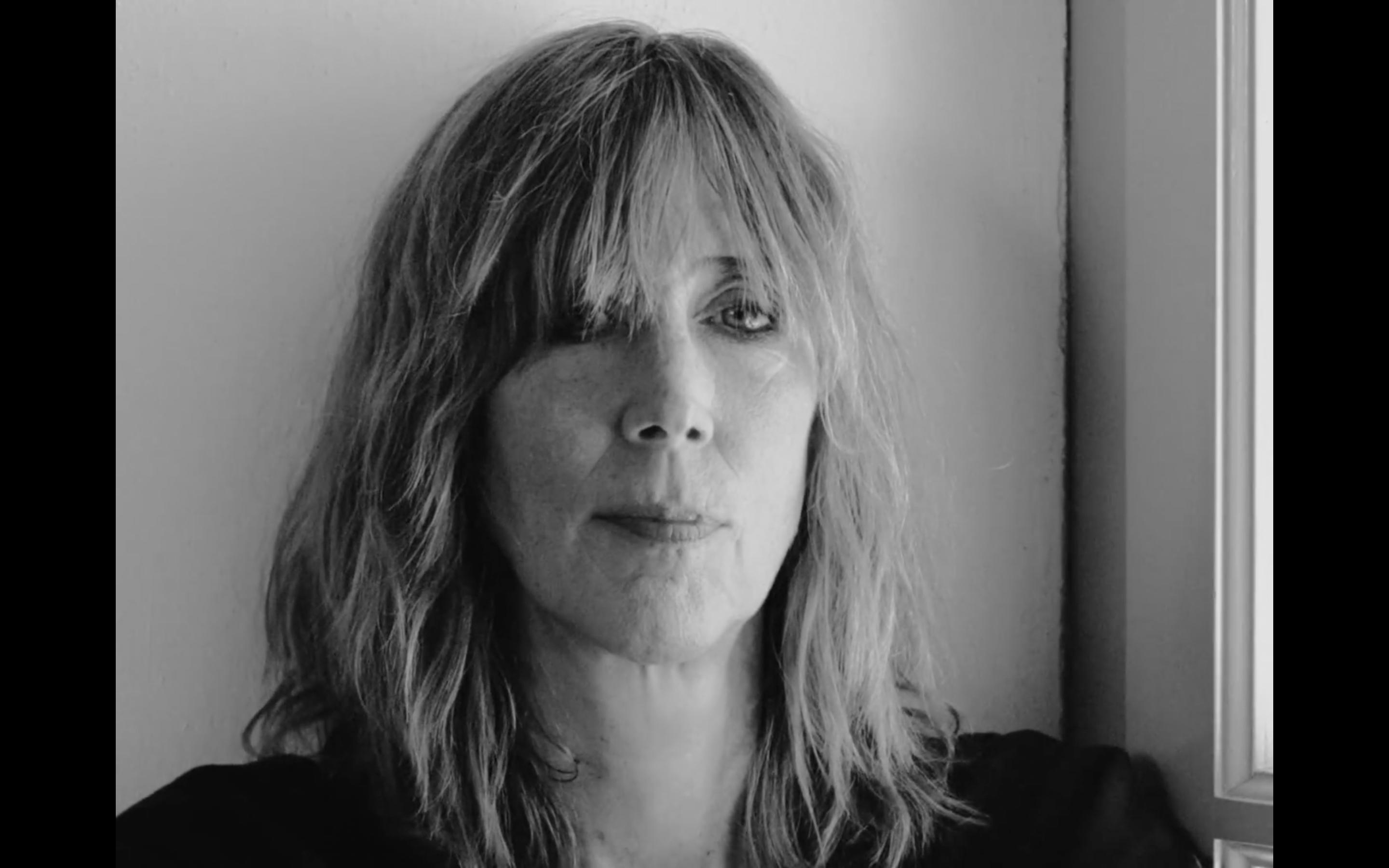
At 22 Frith Street in London there’s a plaque commemorating the first demonstration of moving images not involving film. A purist might point out that John Logie Baird’s television system was a mechanical monstrosity which could never have achieved even standard definition. Either way, those early experiments produced a dim, low-resolution image which was updated at less than ten frames per second—and was portrait in aspect ratio.
So, the fascination with tall, thin movies on Instagram, TikTok and Snapchat might seem less like a new idea than a reincarnation of a very old one. The demand for material which works in those portrait frames isn’t really new, although a lot of what’s been released in portrait formats has been repurposed, sometimes rather approximately, from conventional landscape pictures.
It’s perhaps inevitable in 2023 that AI has been pressed into service to automate conversions. When new material is being shot, meanwhile, it’s increasingly normal to target a portrait frame—or even derive both tall and wide frames from a single camera.
‘Just for Social?’
Leonidas Jaramillo is a DP and creative director with a background in camera and the allied trades of real-time interactive simulation for entertainment and virtual production. Jaramillo’s experience dates back to an experiment—not followed up—for Marvel in 2012.

“There was a movie called ‘Captain America: The Winter Soldier’ and we were going to make living portraits for the movie posters,” Jaramillo explained. “The plan was to have all these TVs flipped vertically in the little windows you have in front of movie theaters. I came from photography, and I was an IATSE member as well, and they enlisted me. I created movie posters of each of the characters, moving in the frame.”
Jaramillo quickly realized that the demand for sheer picture quality might not be much less than that facing the main unit of a major motion picture.
“We couldn't shoot it 16:9 and then hope to crop in… I didn't know how big the poster displays were... there are displays inside theaters too,” he said. “At the time we were shooting 4K, 6K maybe, so I had to mount everything sideways and that was difficult because our tripods are not meant to take weight that way.” Since then, Jaramillo goes on, things have become “a little bit easier. Cameras are a little bit smaller and more modular. You can use an [Alexa] LF and crop out the 9:16 versions from that.”

Budget-conscious producers might wince at such thoroughbred equipment on a job that’s often described, Jaramillo recalls with chagrin, as “just for social. I could come back and say: Because it's for social, if you're not using an LF or an 8K Venice where you can dig into the resolution, I'd recommend a C300 mounted sideways.
“I did a commercial [and] we had three [RED] Dragons all on custom made L-brackets,” he continued. “Sometimes they want to do both 9:16 and 16:9 and sharpness is an issue… you can't compose someone on a third in a vertical format and hope they can compose it in a 16:9 as well. However they chop it up, you'll end up having them in the feather of the focus, which means you have to shoot deeper to get out of that, an f/5.6 or an 8. Now you're fighting light, how many photons do you have.”
“These mechanics are often lost on someone,” Jaramillo reflects. “You'll have a producer say ‘it’s only for social!’ There are a lot of regions of the Venn diagram where I'm going to fail, and the one we want is the one where it’s going to cost a lot of money. So much is riding on it. If Harrison Ford looks off of what people think he looks like, you get in trouble… you're saying ‘it's for social.’ That's our battle. The filmmakers of the 70s and 80s had to deal with pan and scan, things going to TV—‘oh man, don’t even look at it like that!’—and we have to deal with this.”
Dual Framing
Someone who’s become particularly used to dealing with it is Anna Gudbrands, a London-based cinematographer whose work includes short-form pieces for Relentless, Wonderbra and Zegna’s campaign with Jose Mourinho. Gudbrands’ recent projects have, she says, heavily involved dual framing.

“I've been doing a lot of fashion and skincare in the summer... almost every single job I do now, they want an option for 9:16 which is Instagram, but they want the hero to be 16:9. The latest was Shoreditch Ski Club; another was for Augustinus Bader.”
It’s a situation that inevitably involves compromise, so Gudbrands emphasizes collaboration. “If I see a challenge come up, I ask the client or the director which one really is the hero… and the decision is made on the spot—but I've never really had any problems with it, it's just a need to communicate well.”
Modern conveniences are helpful, but Gudbrands is careful to keep both frames in mind. “Most of the time I operate my own stuff, and I put up framelines in camera so I'm always aware of what's going on in the portrait format. I have the two brains and I go between them, always looking at my framelines for both. You do have to be a little bit wider—super-closeups can work well, but you have to keep in mind your lens choice. You want there to be some breathing space. You can do some close-ups, but not for the whole thing or it becomes confusing. It kind of becomes second nature.”
Gudbrands concurs with Jaramillo in that shooting for both portrait and landscape inevitably means creating a landscape image for later cropping. “If you lock the camera sideways you have the full frame but you won't have the [landscape]. Most of the time people want both,” she said.
At the same time, working in the know-ledge that someone else will decide the frame makes the post experience particularly useful, according to Gudbrands.
“I don't sit in on edits, but I have experience of edits, so I know what cuts and what doesn't,” she said. “It's really helpful. But once you come on board, you know what the deal is. You and the director both know there's the two cut-downs, it's not a surprise.”
Enter AI
For the uncountable hours of material already in the archives, there’s artificial intelligence. Systems such as Videoverse’s Magnifi are built not only to produce a highlights reel of sports games, but also to re-frame the picture to suit any of several aspect ratios which might all be required.
Doing either of those things by hand might be hopelessly labor-intensive; doing both without human intervention is genuinely disruptive, making new use of material that might otherwise have stayed dormant for no better reason than that it was difficult to use.
Meanwhile, consider broadcast camera operators. There’s not so much portrait here, but anyone capable of following a golf ball in flight is one of the more skilled people to lay hands on a moving-picture capture device. AI is emerging here, too, although it’s currently only mildly alarming to those people, possibly because AI cameras are mainly being deployed at events which might not otherwise have been covered at all. Pixellot’s camera system, for instance, has created whole new businesses by collapsing the cost of producing school sports for the small screen.
Still, for the time being there seems no immediate threat to the livelihoods of people who rely on their ability to keep a person, a ball, or an attractively-lit branded item inside a nicely-composed frame—no matter what shape that frame is.







